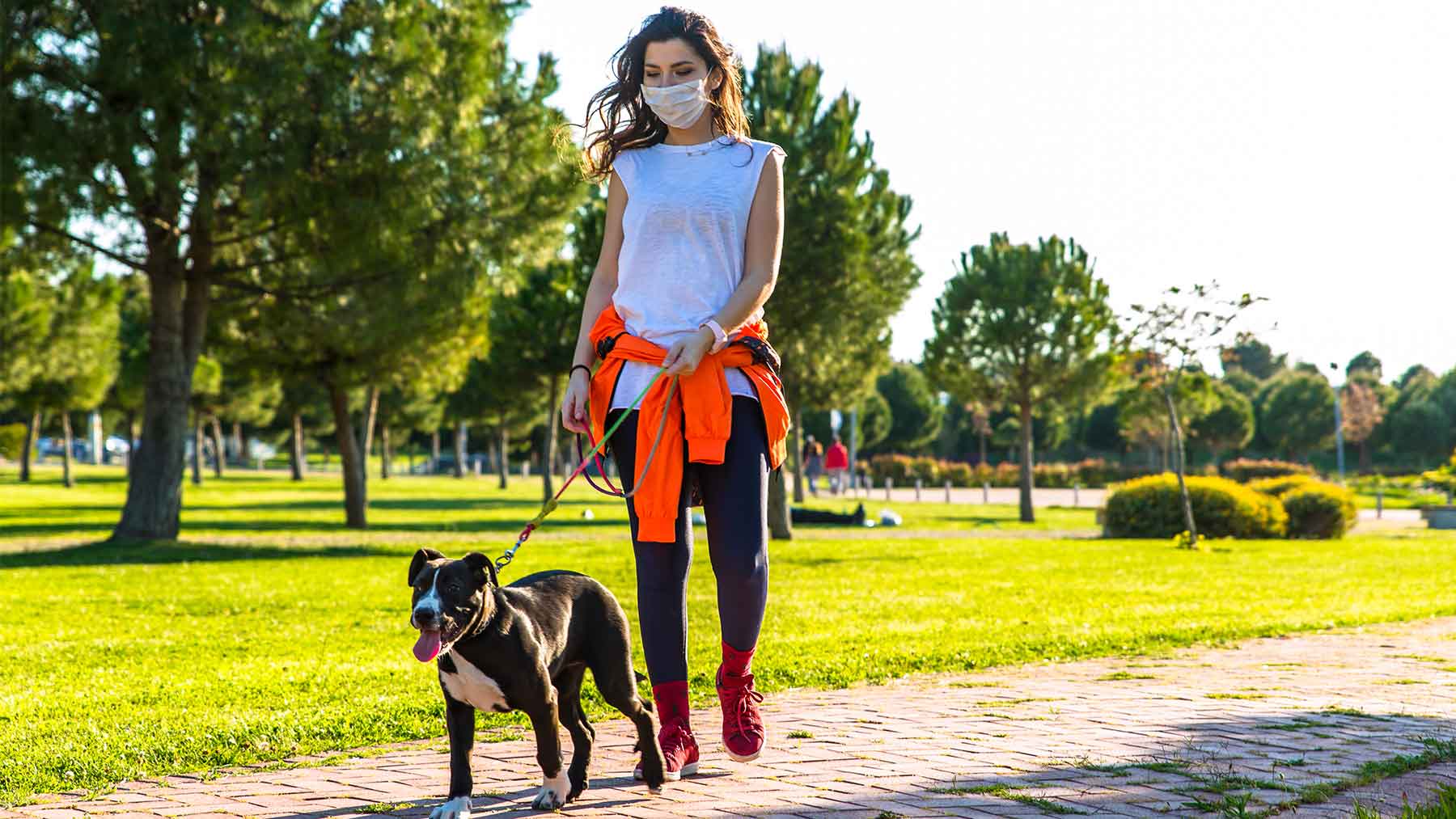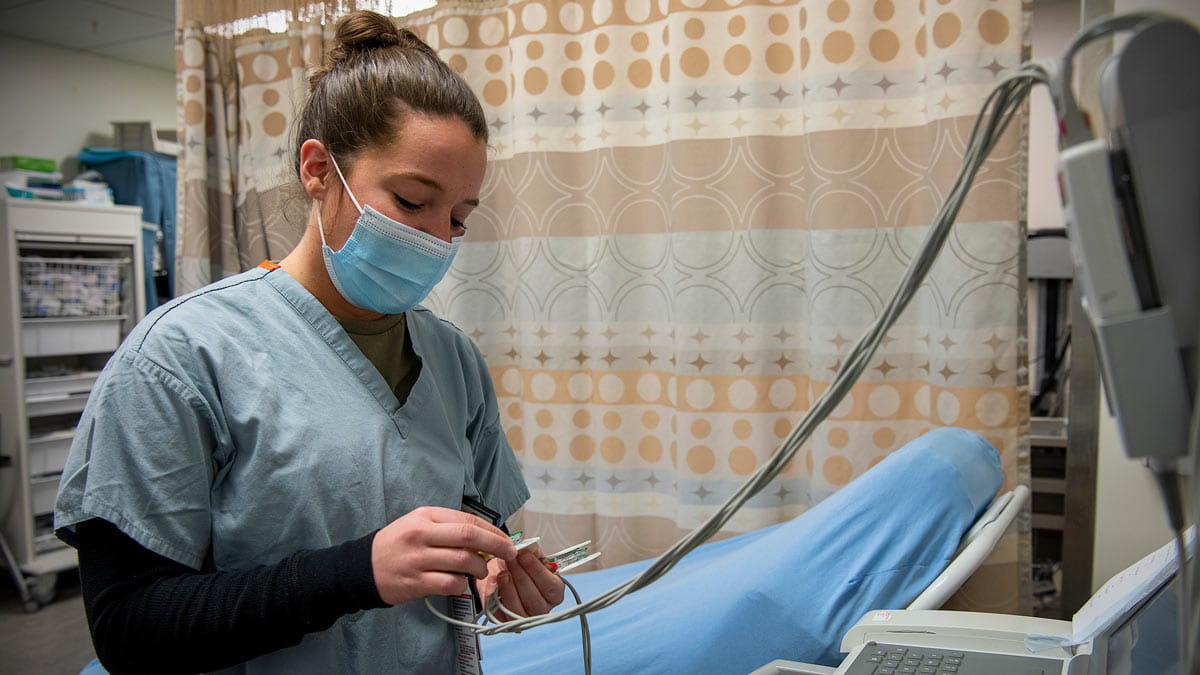Do masks cause lower oxygen levels?

Editor’s note: As what we know about COVID-19 evolves, so could the information contained in this story. Find our most recent COVID-19 blog posts here, and learn the latest in COVID-19 prevention at the Centers for Disease Control and Prevention.
You need to leave your home, so you loop your face mask around your ears, cover your mouth and nose and step outside. It’s not exactly comfortable behind that layer of protection, plus it’s warm. Your breathing starts to quicken. Your pulse starts to rise. You take frequent, shallow gulps of air, suddenly worried that you’re not getting enough oxygen. Are you inhaling too much carbon dioxide? Will you pass out?
In a word: no.
As a pulmonologist—a doctor who specializes in the respiratory system—I can assure you that behind that mask, your breathing is fine. You’re getting all the oxygen you need, and your carbon dioxide levels aren’t rising.
You may feel panicked, but this fear is all in your head.
I don’t want to diminish that anxiety, and I’ll get back to that in a minute. But first, let’s look at the issue.
As mask-wearing becomes increasingly mandated in stores, communities and certain states, complaints about breathing difficulties have spiked, and some are trying to use this as an excuse not to wear a mask.
This presents a major problem for two reasons: masks definitively don’t harm oxygen levels and, right now, they’re our best weapon against the spread of COVID-19.
Fortunately, the flurry of complaints has also given rise to a number of highly effective demonstrations in which medical professionals display their excellent oxygen levels while trying on different masks—and sometimes multiple masks at once. Believe these demonstrations, because they’re true. Many professions require the regular use of masks, and the people who wear them don’t suffer as a result.
Now, there are those who may experience anxiety or claustrophobia when wearing a mask, the same way some panic when getting into an elevator or CT scanner. This can be hard to combat, especially when you’re in the middle of it. But there are a few things you can do to try to calm yourself: long, slow breaths may steady you, as will the knowledge that despite how you’re feeling, your lungs are getting exactly what they need.
You may also want to try wearing your mask around the house to see how it feels. Just as a snorkeler gets used to the strange sensation of breathing under water, you too can adapt to breathing with a mask covering your mouth and nose.
And remember, above all, just how important this is. As I said before, masks are one of our best lines of defense against the spread of COVID-19—not to protect ourselves from catching the virus, but to prevent us from giving it to others. We all must do our part to protect our communities, and this is one important way to show you care about your neighbors.
Jonathan Parsons is a pulmonologist at The Ohio State University Wexner Medical Center and director of the Ohio State Asthma Center. He’s also a professor at The Ohio State University College of Medicine and serves as executive vice chair of Clinical Affairs in the Department of Internal Medicine




